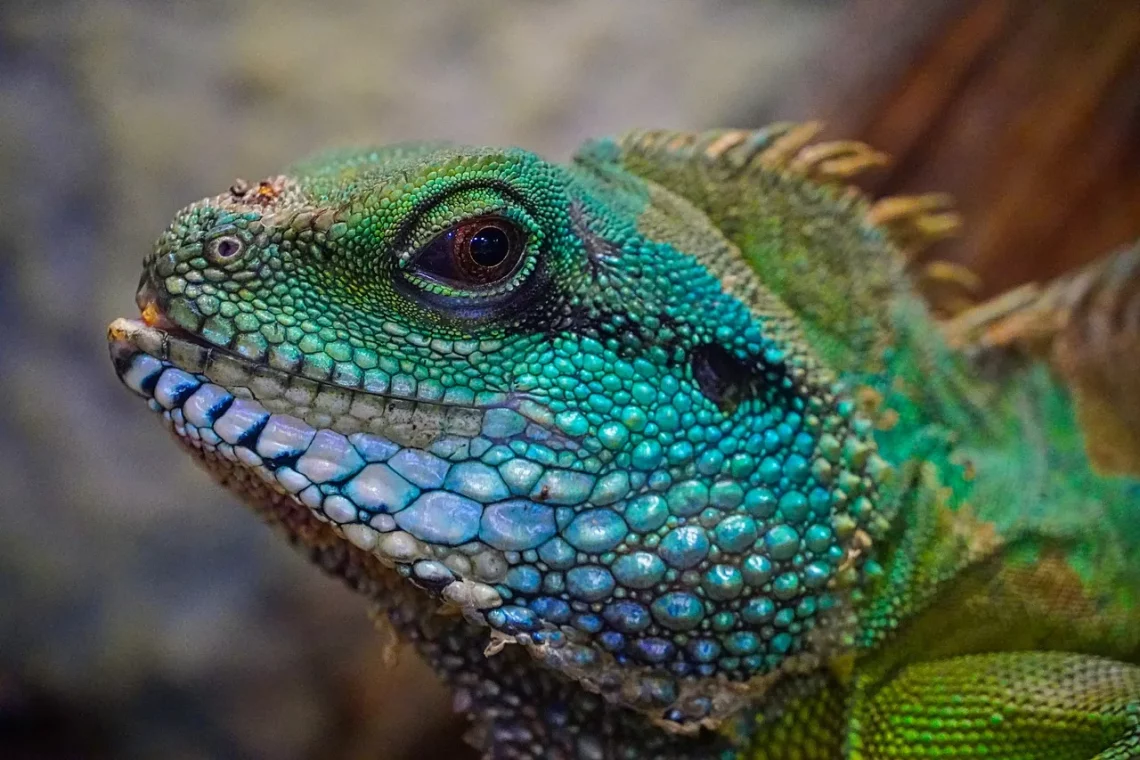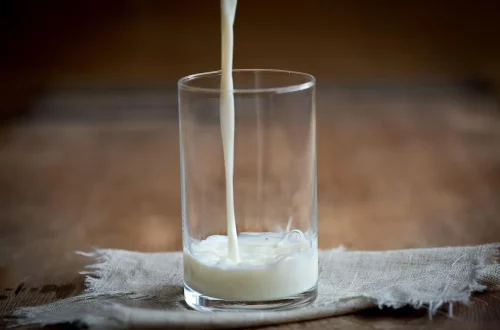
Can Bearded Dragons Eat Arugula Safely and Healthily?
Bearded dragons are fascinating creatures that have gained immense popularity as pets due to their unique personalities and relatively manageable care requirements. As omnivores, their diet is diverse, consisting of both plant and animal matter. However, understanding what to feed them can be a bit challenging for new owners, especially when it comes to leafy greens and vegetables. One such vegetable that often comes up in discussions among reptile enthusiasts is arugula. Known for its peppery flavor and nutritional benefits for humans, arugula has made its way into various culinary dishes. But the question persists: can bearded dragons safely and healthily consume arugula?
The diet of bearded dragons is crucial for their overall health and well-being. As these reptiles grow, their nutritional needs will change, requiring careful monitoring of their food intake. Owners often seek out fresh vegetables to provide a balanced diet, but not every green is suitable for their dietary requirements. While some leafy greens are packed with essential nutrients, others may not be as beneficial or could even pose health risks. Therefore, it is imperative for pet owners to do their research and make informed decisions about what to include in their bearded dragons’ diets.
In this article, we will explore the various aspects of feeding arugula to bearded dragons, considering its nutritional value, potential risks, and how it fits into a balanced diet for these unique reptiles.
Nutritional Value of Arugula for Bearded Dragons
Arugula, also known as rocket, is a leafy green vegetable that is often praised for its rich nutrient profile. For bearded dragons, incorporating a variety of greens into their diet is essential, as it provides vitamins and minerals necessary for their health. Arugula contains several beneficial nutrients, including vitamins A, C, and K, as well as several important minerals like calcium and iron.
Vitamin A is crucial for bearded dragons, as it supports their vision, immune function, and skin health. A deficiency in this vitamin can lead to serious health issues, including metabolic bone disease. Arugula is a good source of vitamin A, making it a valuable addition to their diet, particularly when combined with other vegetables that also provide this nutrient.
Vitamin C is another critical component, as it helps strengthen the immune system and promotes healing. While bearded dragons can synthesize some vitamin C themselves, adding foods rich in this vitamin can further enhance their overall health. Arugula’s high vitamin C content is beneficial, but it should not be the sole source of this vitamin in their diet.
Vitamin K is important for blood clotting and bone health. Adequate intake of vitamin K can help prevent issues related to blood coagulation and support skeletal integrity. Given that arugula contains a decent amount of this vitamin, it can contribute positively to the health of bearded dragons when included in moderation.
Additionally, arugula is low in calories, which can be beneficial for maintaining a healthy weight. However, it is essential to balance it with other vegetables that offer different nutrients, as a varied diet is crucial for the well-being of bearded dragons. While arugula can be a healthy part of their diet, it should not be the only green offered. Mixing it with other leafy greens like collard greens, kale, and dandelion greens can provide a broader range of nutrients and benefits.
In summary, arugula can be a nutritious addition to the diet of bearded dragons, offering essential vitamins and minerals. However, it is important to ensure that this green is provided in moderation and as part of a varied diet to meet their overall nutritional needs.
Potential Risks of Feeding Arugula to Bearded Dragons
While arugula is generally safe for bearded dragons to consume, there are potential risks associated with feeding it to them. Understanding these risks is essential for any pet owner who wants to provide the best care for their reptilian companions.
One of the primary concerns when feeding arugula is its oxalate content. Oxalates are naturally occurring compounds found in many plants that can bind to calcium and reduce its absorption in the body. For bearded dragons, who require adequate calcium intake for healthy bone development and prevention of metabolic bone disease, high levels of oxalates can be detrimental. Arugula contains moderate levels of oxalates, so it should not be the primary green in their diet. Instead, it should be offered occasionally and balanced with other calcium-rich vegetables to mitigate any potential negative effects.
Another risk associated with feeding arugula is the possibility of pesticide residue. Like many vegetables, arugula can be treated with chemicals during its cultivation. If not washed thoroughly, these residues can pose health risks to bearded dragons. It is highly recommended to wash all vegetables, including arugula, under running water before offering them to your pet. Additionally, opting for organic arugula can help minimize exposure to harmful chemicals.
Furthermore, introducing any new food to a bearded dragon’s diet can lead to digestive upset. Bearded dragons can be sensitive to sudden changes in their diet, which may result in diarrhea or other gastrointestinal issues. When incorporating arugula or any new food, it is best to do so gradually, mixing small amounts with their usual diet to allow their digestive system to adjust.
Lastly, some individual bearded dragons may simply refuse to eat arugula, preferring other greens or vegetables. It is essential to pay attention to your pet’s preferences and ensure that they are consuming a balanced diet that includes greens they enjoy.
In conclusion, while arugula can be a healthy addition to a bearded dragon’s diet, it is essential to be aware of the potential risks associated with its consumption. Moderation, proper preparation, and attention to individual dietary needs are key factors in safely incorporating arugula into their meals.
How to Introduce Arugula into Your Bearded Dragon’s Diet
Introducing arugula to your bearded dragon’s diet can be done effectively and safely with a few simple steps. The key to a successful introduction is gradual integration and observation. Here are some guidelines to help you add arugula to your pet’s meals.
First, start by selecting fresh, high-quality arugula. Make sure the leaves are vibrant and free from any signs of wilting or browning. If possible, choose organic arugula to reduce the risk of pesticide exposure. After selecting the greens, wash them thoroughly to remove any dirt or contaminants. This step is crucial, as bearded dragons are more susceptible to health issues caused by bacteria or chemical residues.
Once the arugula is clean, you can prepare it for your bearded dragon. Chop the leaves into small, manageable pieces to make it easier for your pet to eat. Bearded dragons are more likely to try new foods if they are presented in a way that is easy for them to consume. Mixing arugula with other greens they already enjoy can also help entice them to try it.
Introduce arugula gradually into their diet. Start by offering a small amount alongside their usual greens and vegetables. Monitor your bearded dragon’s reaction and appetite. If they seem to enjoy it and do not experience any digestive issues, you can gradually increase the amount over time. However, if you notice any adverse reactions, such as diarrhea or refusal to eat, it’s best to reduce the quantity or eliminate it altogether.
Additionally, consider offering arugula as a treat rather than a staple in their diet. This approach allows your bearded dragon to enjoy the flavor and benefits of arugula without overexposing them to its oxalate content. Rotating different greens and vegetables can help keep their diet interesting and nutritious.
Lastly, always observe your bearded dragon’s overall health and behavior after introducing any new food. Regular check-ups with a veterinarian experienced in reptile care can help ensure that your pet remains in good health and that its diet is balanced.
In summary, introducing arugula to your bearded dragon’s diet can be a straightforward process if done with care and attention. By selecting high-quality greens, preparing them properly, and monitoring your pet’s response, you can safely incorporate this nutritious vegetable into their meals.
**Disclaimer:** This article is for informational purposes only and does not constitute medical advice. Always consult a qualified veterinarian for any health-related concerns regarding your pet.




